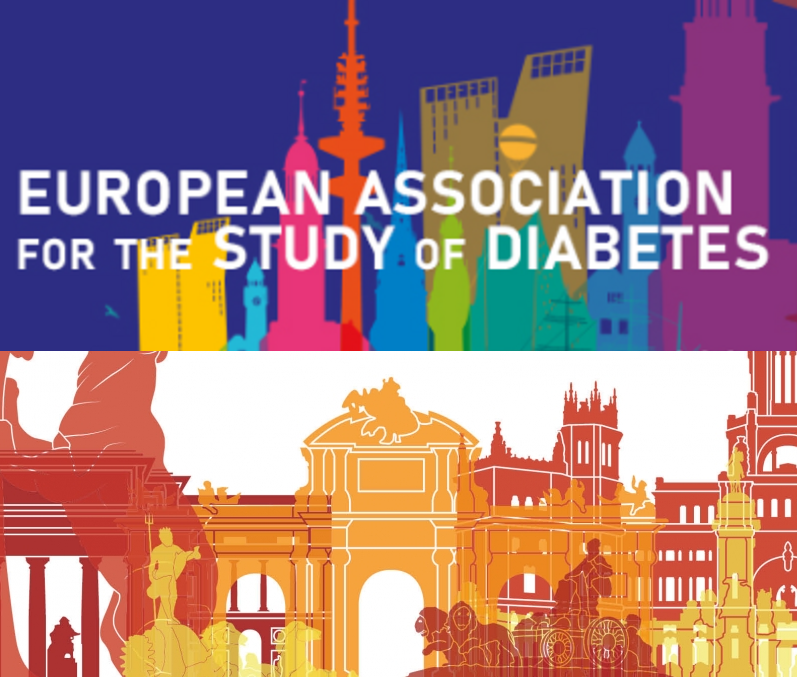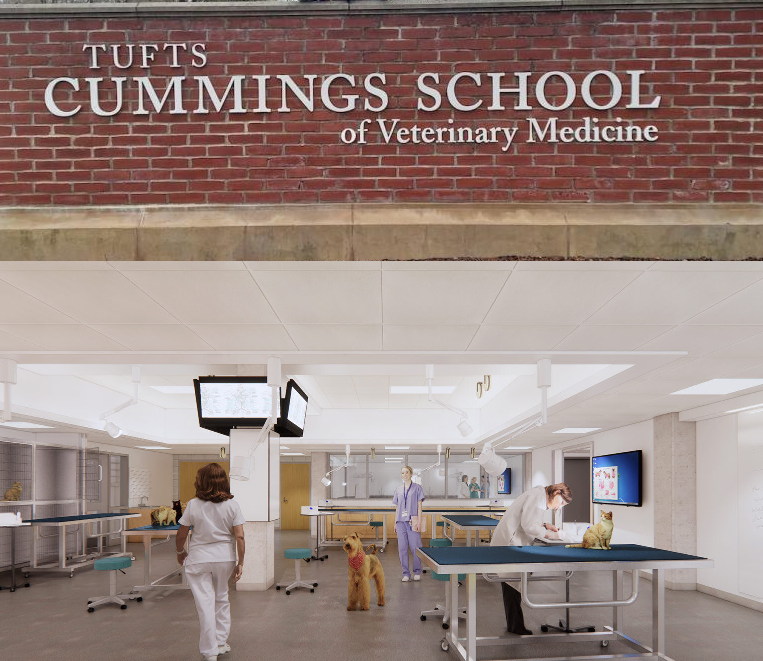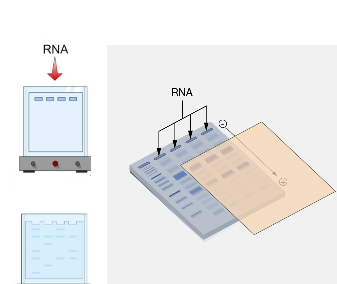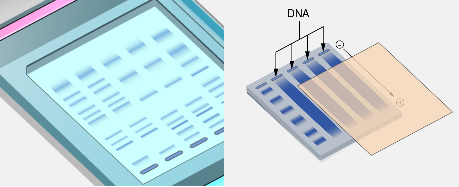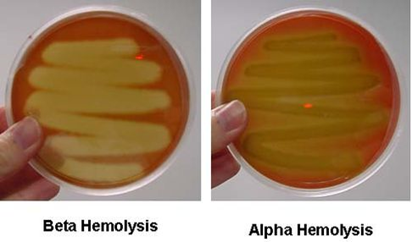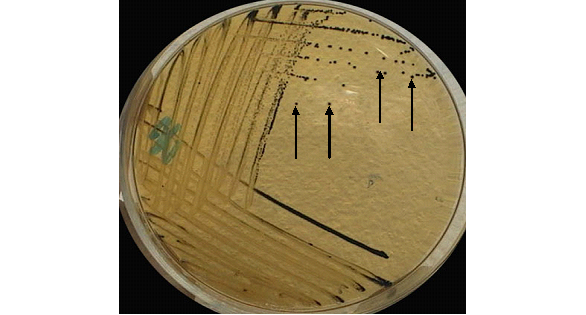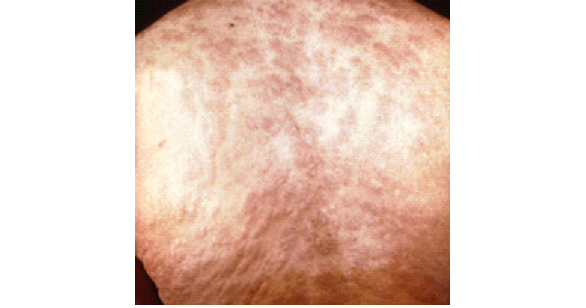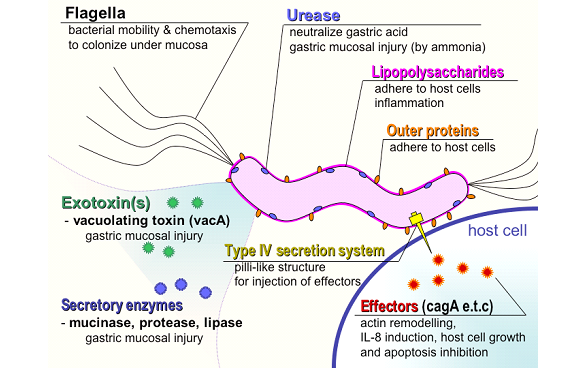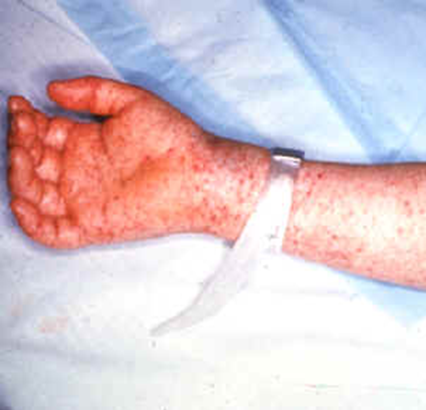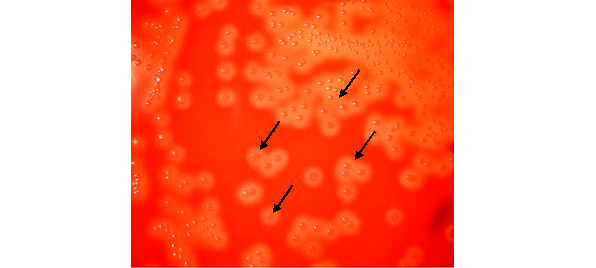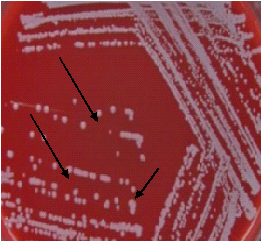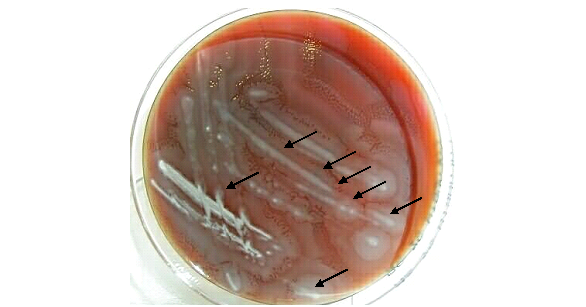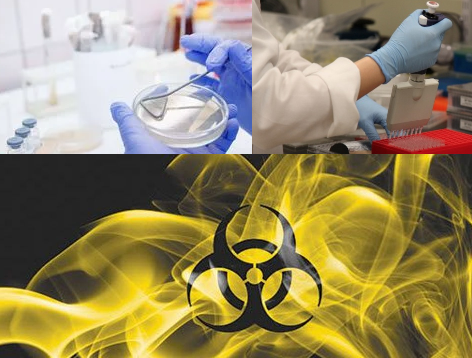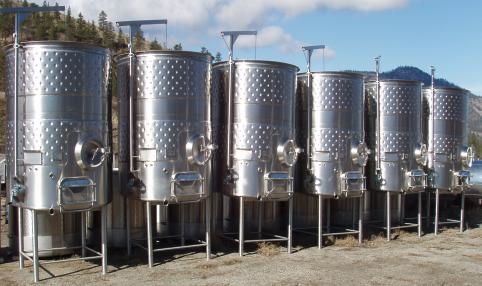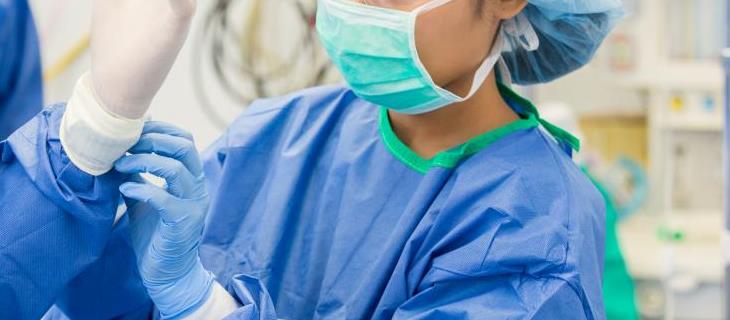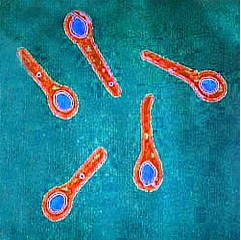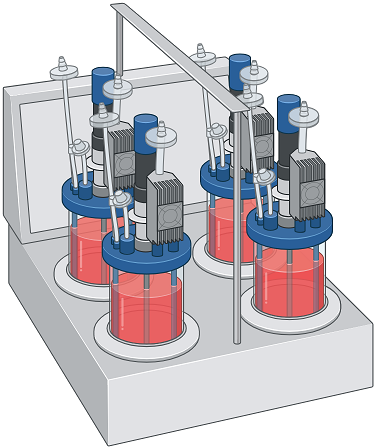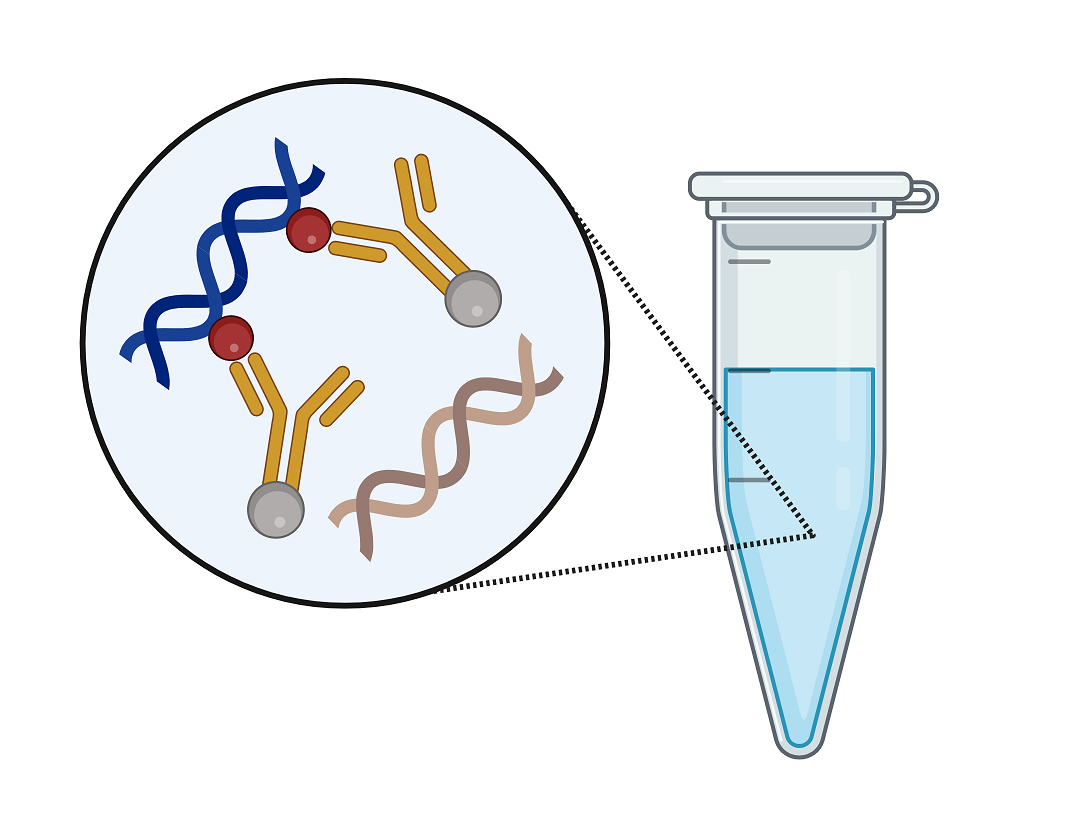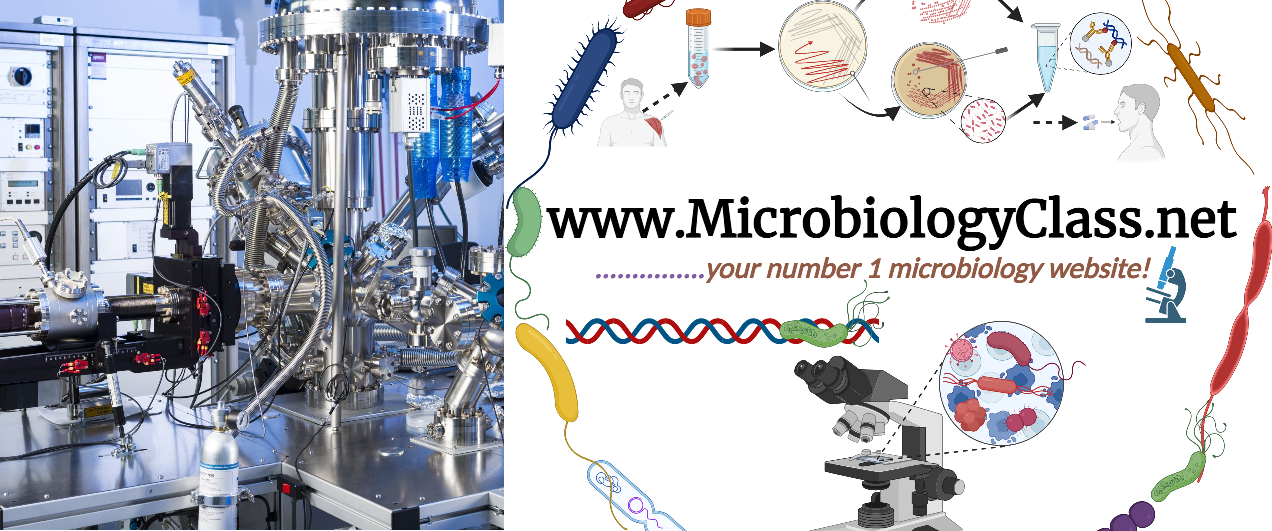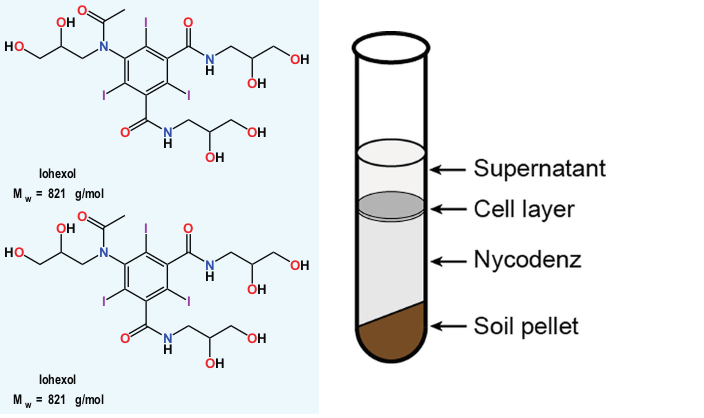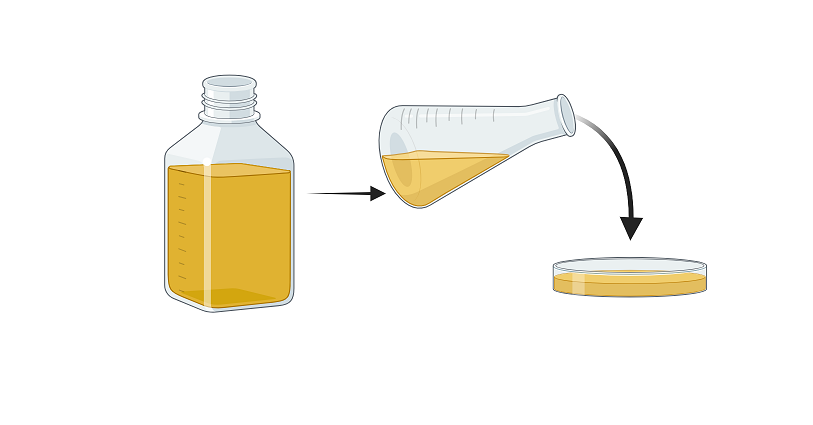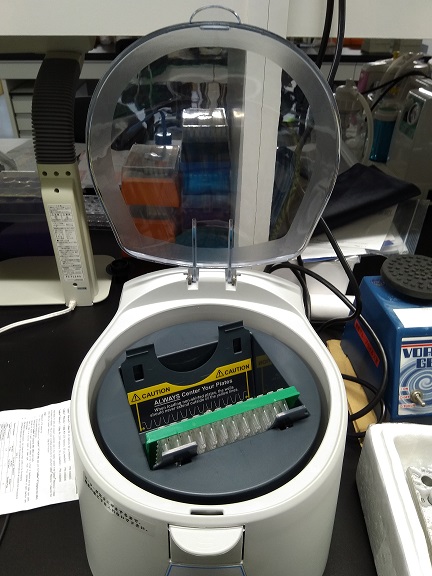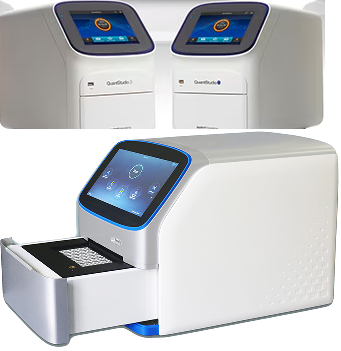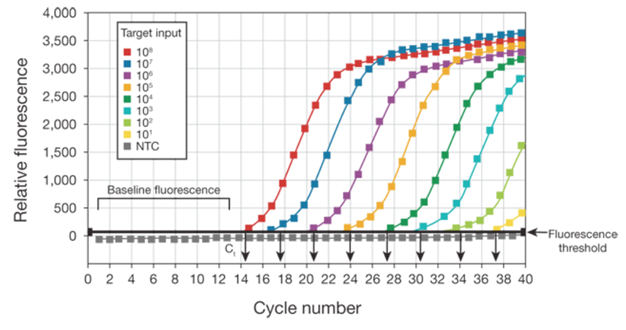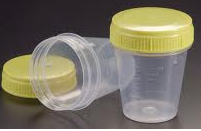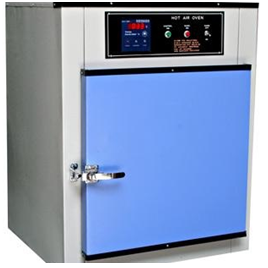The Max Delbrück Center for Molecular Medicine (MDC) in the Helmholtz Association is an international […]
Year: 2024
Applications for the 2025 JSPS-UNU Postdoctoral Fellowship Programme are now open.
UNU offers Postdoctoral Fellowships to provide young scholars and policymakers, especially from the developing world, […]
Writing a manuscript and mastering abstracts: A GUIDE FOR AUTHORS
How you structure your article can affect how much it gets read—and cited. Each section […]
EFSD Rising Star Fellowship Programme for Diabetes Researchers
Programme objective: The EASD Rising Star Symposium and EFSD Rising Star Fellowship Programme aims to […]
Assistant/Associate Professor of Infectious Disease, Massachusetts (USA)
The Department of Infectious Disease and Global Health (IDGH) at the Cummings School of Veterinary […]
Three Post-doctoral Fellowships to African Researchers at €2,800
The Megatrends Afrika project is awarding three post-doctoral fellowships to African researchers. Megatrends Africa is […]
THE AFRICA RESEARCH EXCELLENCE FUND (AREF) ESSENTIAL GRANT-WRITING SKILLS PROGRAMME MARCH/MAY 2025
The Africa Research Excellence Fund (AREF) works to strengthen the health research capacity of scientists […]
BLOTTING TECHNIQUE
Blotting is used in molecular biology to transfer nucleic acids and proteins from gel to a membrane for identification and analysis. Developed in the 1970s, it combines electrophoresis and immunological methods. There are three main types: Southern (DNA), Northern (RNA), and Western (proteins), each allowing detection and measurement of specific molecules.
Applications for the third cohort of the WFF Young Scientists Group are now open!
The World Food Forum (WFF) Young Scientists Group (YSG) was launched in 2022 as the core body […]
WESTERN BLOTTING TECHNIQUE
Western blotting technique or protein immunoblot is used to identify specific proteins separated according to […]
International PhD Program in Microbiology (Germany) – FULLY FUNDED
International PhD Program in Microbiology Fully Funded PhD Positions Location: Marburg, Hessen (DE) Salary: TVöD […]
NORTHERN BLOTTING TECHNIQUE
Northern blotting technique is used to detect specific sequences of ribonucleic acid (RNA). The protocol […]
SOUTHERN BLOTTING TECHNIQUE
Southern blotting, developed by Sir Edward M. Southern in 1975, is a molecular technique used to detect specific DNA sequences. It involves transferring DNA from a gel to a nitrocellulose membrane, followed by hybridization with radiolabeled probes. This method is pivotal in DNA analysis, forensic science, and paternity testing.
STREPTOCOCCUS PNEUMONIAE
Streptococcus pneumoniae, prevalent in the human upper respiratory tract, causes various infections including pneumonia, often in vulnerable individuals. Its virulence is linked to its polysaccharide capsule, interfering with phagocytosis. Early detection and treatment with appropriate antibiotics and preventive vaccination are vital, especially for high-risk groups like the elderly and immunocompromised individuals.
SHIGELLA DYSENTERIAE
Shigella dysenteriae is a Gram-negative, non-motile bacterium causing bacillary dysentery. It’s transmitted primarily through the fecal-oral route, requiring a low dose to initiate infection. Symptoms include bloody diarrhea and abdominal cramps. Diagnosis involves stool cultures, and treatment may include antibiotics for severe cases. Prevention focuses on hygiene and clean water.
TREPONEMA PALLIDUM
Treponema pallidum, a Gram-negative spirochaete, causes syphilis, a contagious STD spread through direct contact, including mother-to-child transmission. The disease progresses through primary, secondary, and tertiary stages without treatment, potentially causing severe complications. Laboratory diagnosis relies on serological tests, as the bacterium cannot be cultured in vitro. Prevention includes safe sexual practices and treating infected individuals.
Helicobacter pylori
Helicobacter pylori is a spiral-shaped bacterium causing peptic and gastric ulcers, linked to stomach cancer. It survives stomach acidity by producing urease, creating an alkaline environment. Spread via fecal-oral route, it induces inflammation in the gastric mucosa. Diagnosis involves invasive and non-invasive tests, treatment includes antibiotics and protein-pump inhibitors. Prevention focuses on hygiene.
SALMONELLA (S. TYPHI)
Salmonella Typhi, a Gram-negative rod, causes typhoid fever in humans, transmitted through contaminated food and water. Non-typhoid strains, like S. Typhimurium, cause gastrointestinal infections. Infections primarily spread via the fecal-oral route, and effective prevention includes good hygiene, proper food handling, and clean water. Treatment involves antibiotics and hydration.
RICKETTSIA PROWAZEKII
Rickettsia prowazekii is an obligate intracellular parasite causing epidemic typhus, primarily transmitted via lice bites. Symptoms include vasculitis, thrombosis, and systemic infections. Diagnosis involves serological tests and cell culture. Treatment includes chloramphenicol and tetracyclines; prevention focuses on vector control and hygiene. RMSF and Q fever are related rickettsial diseases.
STREPTOCOCCUS PYOGENES
Streptococcus pyogenes, a Group A Streptococcus, is a Gram-positive bacterium causing pharyngitis and various streptococcal diseases like scarlet fever, cellulitis, and necrotizing fasciitis. It produces numerous virulence factors including streptolysins and exotoxins. Diagnosis involves cultural, microscopic, and serological tests. Treatment includes antibiotics like penicillin, and no vaccines exist currently.
STAPHYLOCOCCUS AUREUS
Staphylococcus aureus, a Gram-positive bacterium, is often found in the nose and skin of humans. It causes various infections including pneumonia, gastroenteritis, and toxic shock syndrome, aided by its production of toxins and enzymes. Resistant strains like MRSA are prevalent. Prevention relies on hygiene practices, as vaccines are unavailable.
PROTEUS MIRABILIS
Proteus mirabilis is a Gram-negative, motile, non-capsulated, facultative anaerobic, non-lactose fermenting and pleomorphic bacillus in […]
Beyond the Bench: Expanding Your Skill Set for a Successful Postdoc
If you’ve reached postdoc level as a life scientist, you’ll almost certainly have a wide […]
Features of probiotics & reported modes of action of probiotics
Microorganisms must meet stringent criteria to be used as probiotics, including being non-pathogenic, non-toxic, and able to survive stomach acid and pancreatic secretions. Probiotics confer health benefits such as enhancing the immune system, producing vitamins, preventing GI infections, and aiding in lactose digestion, potentially treating conditions like IBS and eczema.
Risk group classification of microorganisms
The great majority of microorganisms are beneficial to man, plants, animals and the environment. These […]
DESIGN AND OPERATION OF THE FERMENTER
A fermenter or bioreactor is simply defined as an apparatus that maintains optimal conditions for […]
Hand Washing: when and how to wash your hands
Hand washing is one of the best ways to protect yourself and your family from […]
HEALTHY HABITS TO HELP PREVENT FLU
Preventing Flu at Work and School At School At Work Source: https://www.cdc.gov/flu/prevent/actions-prevent-flu.htm
Fully Funded Scholarships for Postdoc, Higher Education (B.Sc., M.Sc., Ph.D) & Jobs
Lewis-Sigler Scholars Program for early Career Scientists in Princeton University, USA Postdoc / PhD (all […]
Monkeypox (Mpox) infection
Mpox, caused by the monkeypox virus, is a viral infection with symptoms like rash, fever, and swollen lymph nodes. Transmitted through contact with infected individuals, animals, or materials, it can be severe, especially for immunocompromised individuals. Preventive measures include vaccination and avoiding physical contact. Diagnosis involves PCR testing, and treatment includes supportive care.
CLOSTRIDIUM TETANI
CLOSTRIDIUM TETANI Clostridium tetani is a Gram-positive, motile, anaerobic, spore-forming, rod-shaped bacterium found in the […]
STRAIN IMPROVEMENT
STRAIN IMPROVEMENT Strain improvement is defined as the process of improving the production and yielding […]
GARDNERELLA VAGINALIS
GARDNERELLA VAGINALIS Gardnerella vaginalis in association with other bacteria is the causative agent of bacterial […]
PREPARATION OF INOCULUM FOR FERMENTATION PROCESS
Microorganisms for industrial production are usually sourced naturally from their natural habitat or purchased in […]
Melting curve analysis in Real-time PCR
Melting curve analysis and detection systems Melting curve analysis can only be performed with realtime […]
Real-time PCR probes
TaqMan® probe signal production Whether an MGB or non-MGB probe is chosen, both follow the […]
Sample template on how to write your research achievements and results when applying for a fellowship or grant
Sample of my research statement and results below: My Research Goal My research focused on […]
Nycodenz: application and properties
What is Nycodenz Nycodenz is a non-ionic, triiodinated radiopaque substance used primarily in molecular biology […]
Luria Broth (LB) and Luria Agar (LA) Media
Luria-Bertani (LB) broth is the most widely used medium for the growth of bacteria. It […]
Real-time PCR fluorescence detection systems
Real-time PCR fluorescence detection systems Real-time fluorescent PCR chemistries Many real-time fluorescent PCR chemistries exist, […]
Real-time PCR analysis technology
BaselineThe baseline of the real-time PCR reaction refers to the signal level during the initial […]
Real-time PCR primer design
Good primer design is one of the most important parameters in real-time PCR. This is […]
OPPORTUNISTIC MYCOSES
Opportunistic mycoses are fungal infections caused by opportunistic fungi that only affect people with weakened […]
RESEARCH PROPOSAL TIPS FOR GRANTS & PROJECTS
What is a research proposal? A research proposal is simply defined as a planned and […]
REAL-TIME PCR COMPONENTS
DNA polymerasePCR performance is often related to the thermostable DNA polymerase, so enzyme selection is […]
STEPS INVOLVED IN PERFORMING REAL-TIME PCR
Real-time PCR is a variation of the standard PCR technique that is commonly used to […]
INTRODUCTION TO REAL TIME POLYMERASE CHAIN REACTION (RT PCR)
The polymerase chain reaction (PCR) is one of the most powerful technologies in molecular biology. […]
OTHER INSTRUMENTS FOUND IN THE MICROBIOLOGY LABORATORY
Bijou bottles are used for transporting and storing microbial cultures in the microbiology laboratory. They […]
WATER BATH – use, care and maintenance
WATER BATH Water bath is a piece of equipment used to maintain culture media at […]
HOT AIR OVEN – use, care and maintenance
HOT AIR OVEN Hot air oven is used for the sterilization of glassware’s (e.g. conical […]





